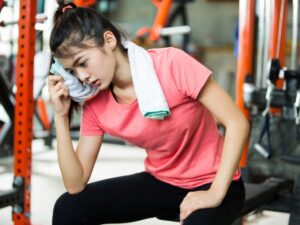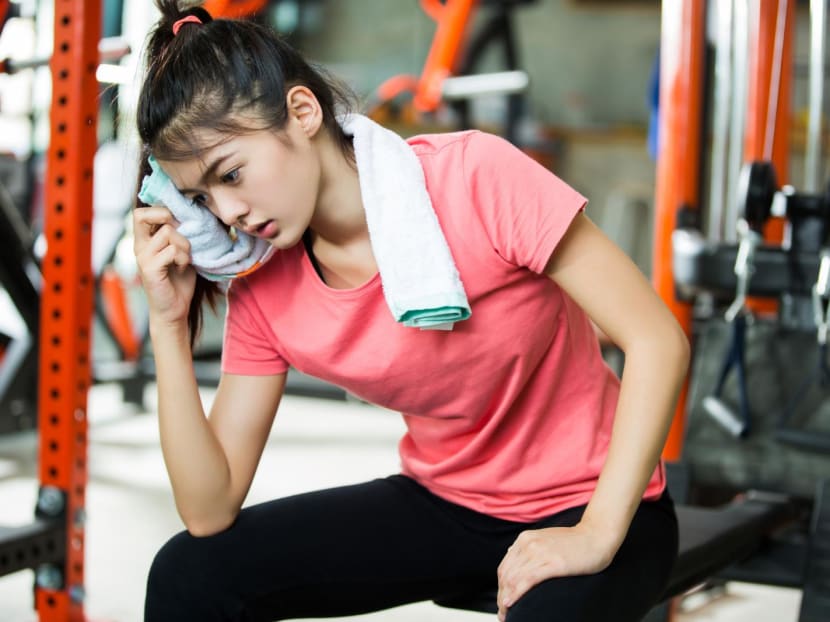
Whether you’re bench pressing, cycling, bouldering or folding your body into a yoga pose, your body is going to come into contact with a myriad surfaces – and some could be germier than others.
As you hoist your butt onto that bike seat at the indoor cycling studio, you might be smearing microbes that cause gastroenteritis onto your rear. You could be picking up salmonella as you pick up a pair of dumbbells. When it comes to equipment that actually touches skin and nails such as climbing shoes, that could be a fungal infection waiting to happen
I don’t mean to make a germaphobe out of you but if you’re constantly catching a cold, having gastrointestinal issues or a toenail infection that doesn’t seem to go away, you might want to relook how you use your workout equipment.
Many microbes find their way to the pull-up bar, yoga mat or bike seat after a trip to the bathroom. Not everyone washes up and this 2020 study has the proof. It found that the microbiome of skinfolds, including the intergluteal cleft – the space between your buttocks – contained microbes that were likely to come from faecal contamination.
Sure, the cleaning crew does its best to spray and wipe down common touch points with antibacterial products. But sometimes, it may not be enough. Antibacterial wipes and sprays work only on bacteria. A pair of returned climbing shoes, for instance, can be a funky hotbed of bacterial and fungal growth.
I – Word Understanding
Bouldering – an activity in which people climb up and over rocks or artificial rock walls at fairly low heights without using ropes.
Myriad – a countless or extremely great number.
Hoist – an act of raising or lifting something.
Gastrointestinal – is an inflammation of the lining of the stomach and intestines.
II – Have Your Say
1, How do you pick up germs at the gym?
2, What are some ways to prevent the spread of germs in the weight room?
994 What germs can you pick up from gym equipment? Here’s how to minimise the risk when exercising


